I had a couple extra hours today so I decided to make a run out to Ft. Atkinson in Jefferson County to see if the Rufous Hummingbird was still hanging around. It had been reported late morning so I thought I would give it a shot. The bird was present when I arrived and seemed to hang out in one specific tree in the yard each time after feeding. It gave nice views. On Monday when I view this bird it was out of sight after each feeding in a large spruce tree. It was well worth the trip. Also on tap was banding this bird. I have never viewed banding a bird so I thought it it was a great opportunity. On a second attempt they got the bird and banded. I was amazed at how fast the banding went and how professionally it was done. The bander Mickey and her assistant Jane made the job look like had been done 1 million times by them. Great job! Also present was Cynthia and Scott. It was nice to catch up on birding talk with them in the waiting time for the Rufous Hummingbird to appear. A big thank you to Cynthia for letting folks in to view this beautiful bird in her yard. I have included some images too of the banding that took place. Images were taken on October 19, 2014.
Rufous Hummingbird
Binomial name: Selasphorus rufus
Category: Hummingbirds
Description: Primarily rust-colored feathers with a small patch of white on the chest. Red-orange patch on throat. Short wings and a slender, slightly sloping bill.
Size: 2.8″-3.5″ long, 3” – 4” wingspan
Weight: 0.071 oz. – 0.18 oz
Habitat: Open broadleaf forests, orchards, meadows, parks, swamps, and yards
Natural Range: West Coast from Alaska to Mexico and Rocky Mountains, wintering in the Gulf Coast and Southeastern Atlantic states. They are occasionally, although rarely, found in cold-weather areas such as the Midwest due to their surprising hardiness.
Diet: Tree and flower nectar, small insects, and hummingbird feeders
Nesting: The males may mate with several females but do not care for the young. The female provides all parental care, building a nest in a protected tree or shrub. They favor either deciduous or coniferous trees such as spruce, cedar, maples, pines, birch, and hemlocks. The nest is made out of bud scales, lichen, spider silk, and dandelion or thistle down. The same nest may be used year after year and not necessarily by its previous occupant. The female will lay 2-3 eggs at a time, laying 1 brood per summer. She incubates the eggs for 15-17 days, and the young remain in the nest for 15-19 days.
Notes: This high-strung bird is considered extremely aggressive and will chase other animals from feeders or its nest including larger birds, chipmunks, and even other hummingbirds. Like other hummingbirds, Roufus Hummingbirds are adept flyers and can hover, dart, and perch with ease. They have even been seen to pluck insects out of midair.

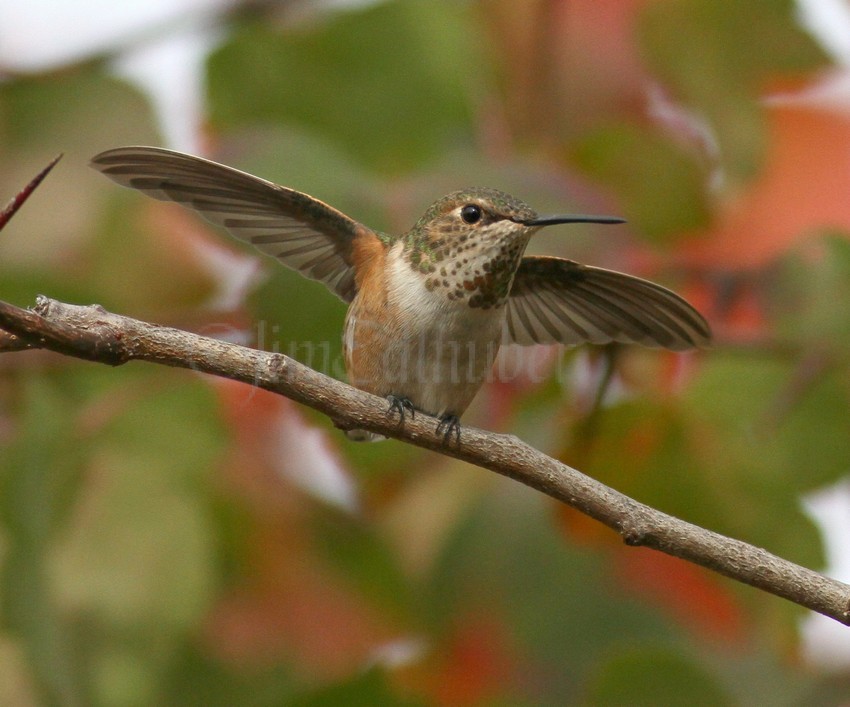
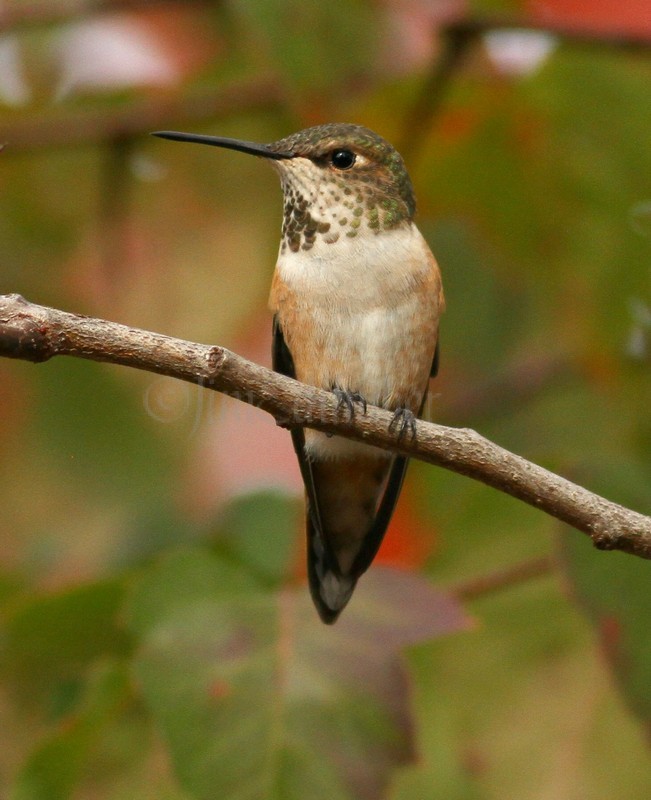
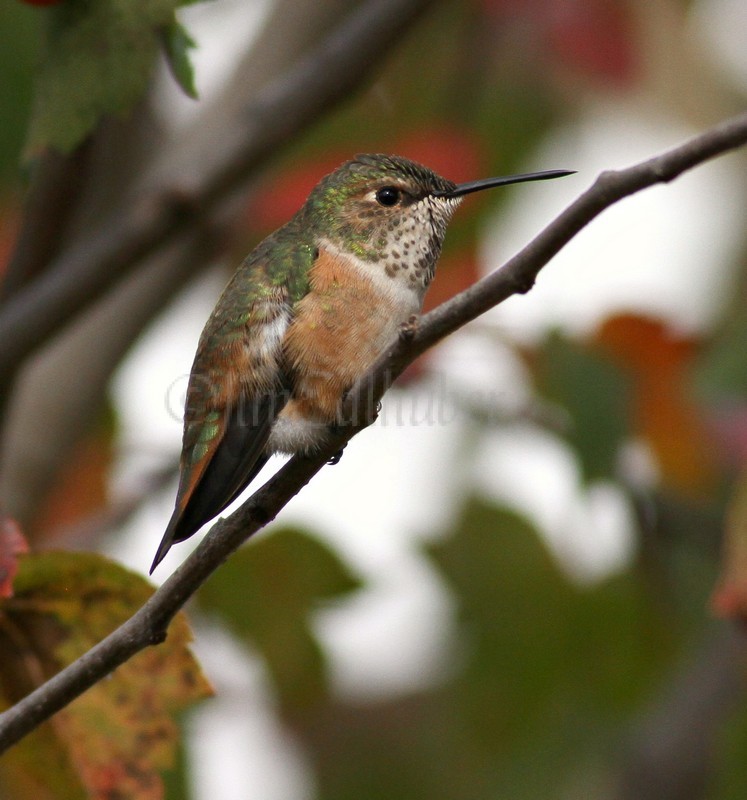
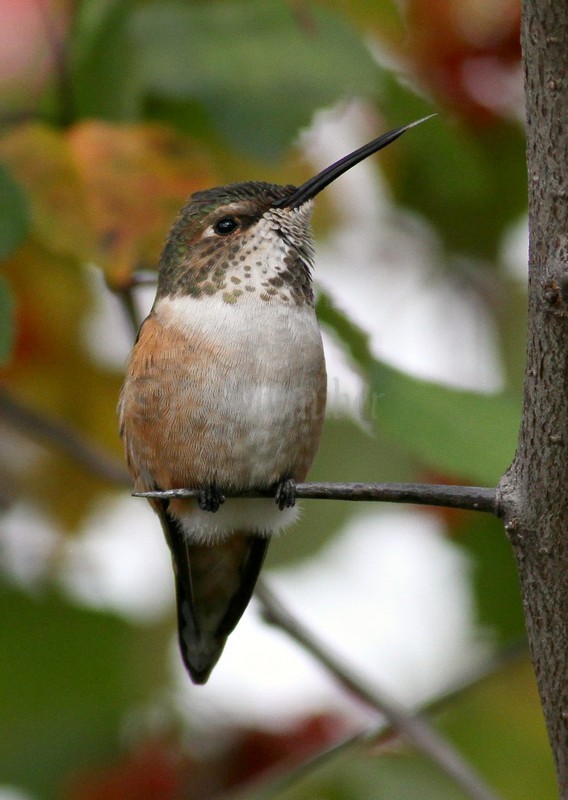
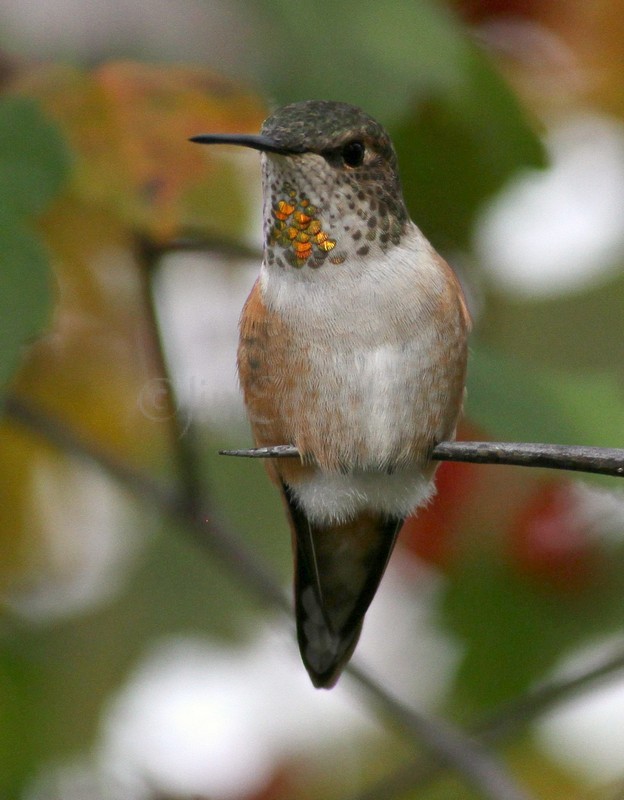
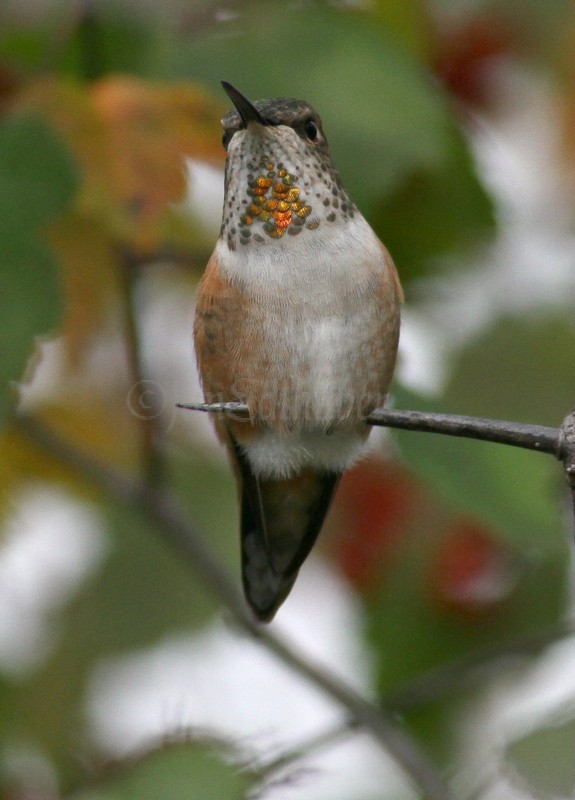
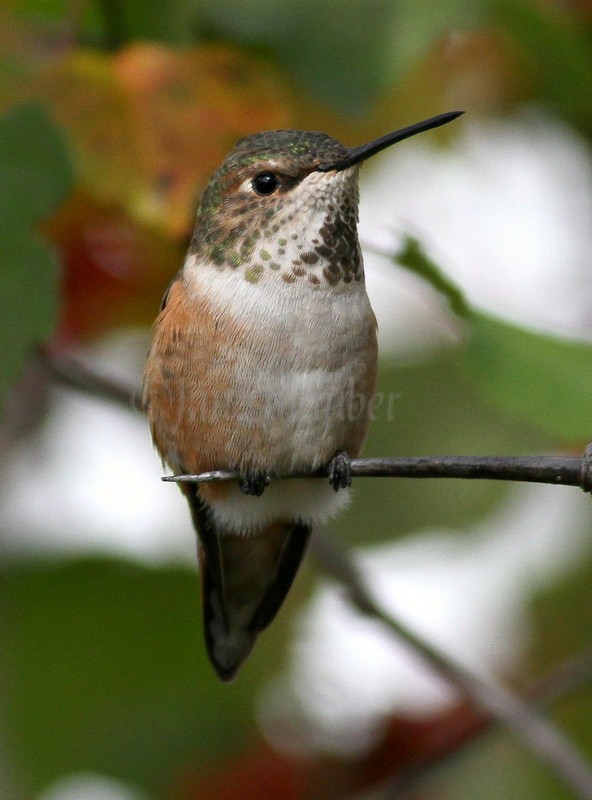
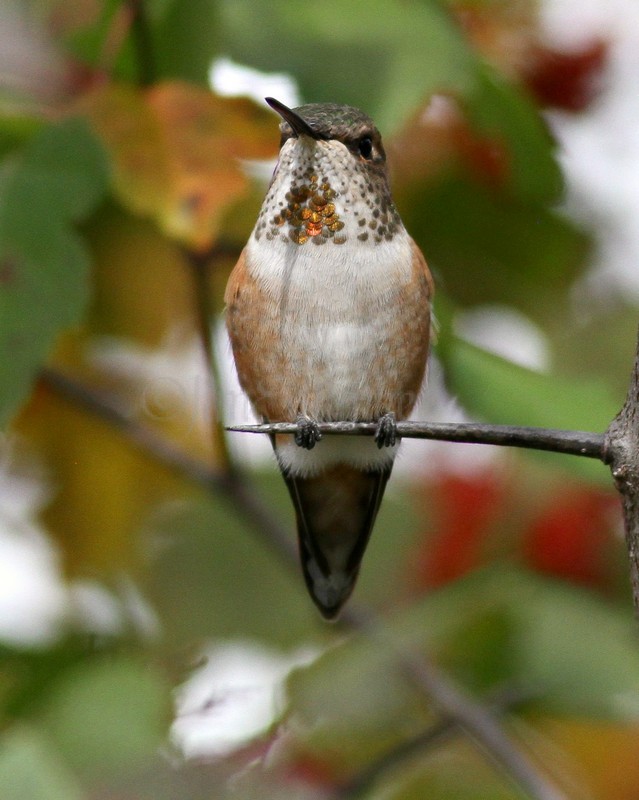
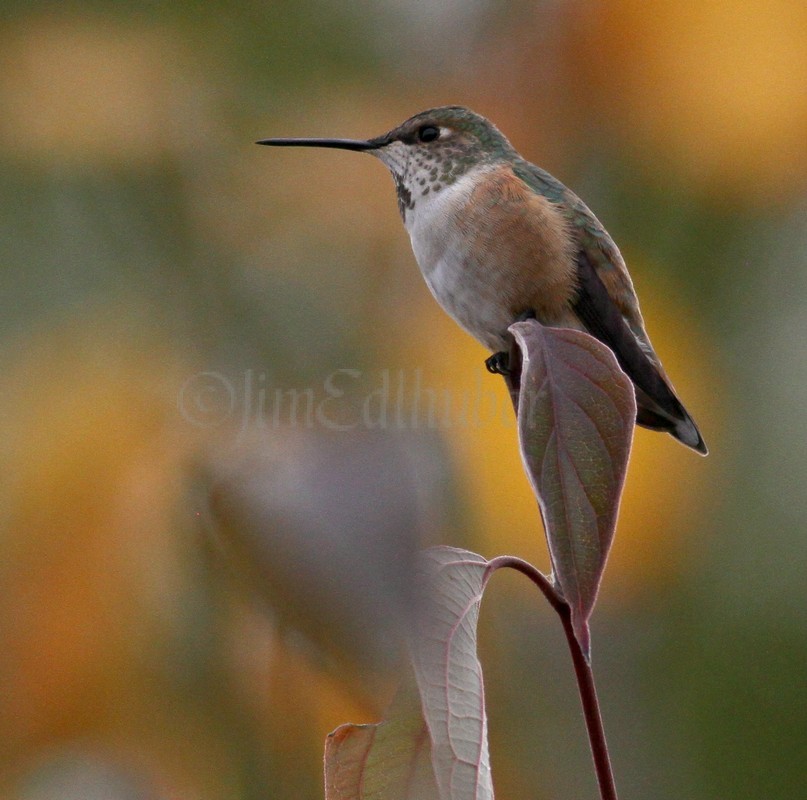
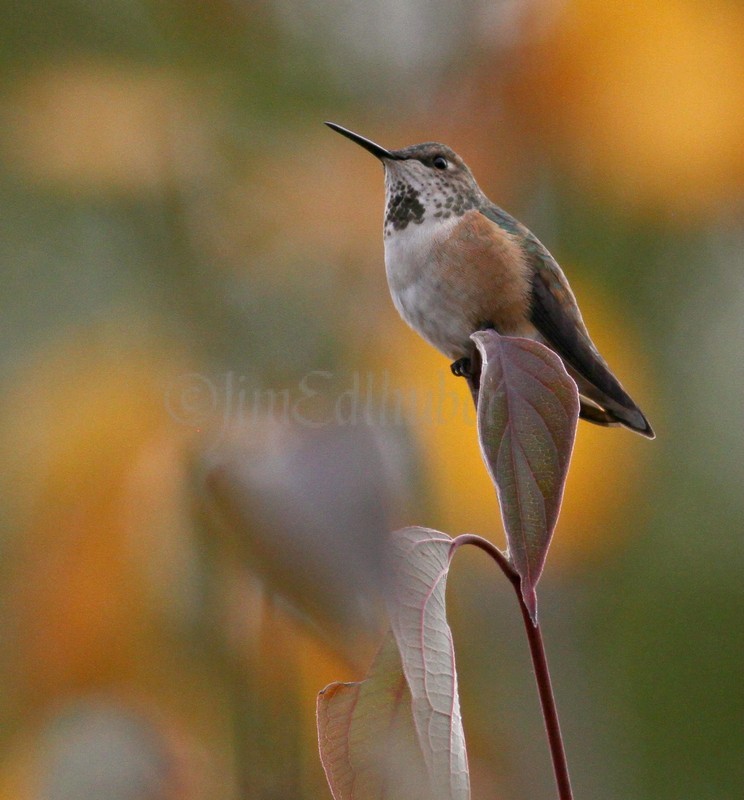
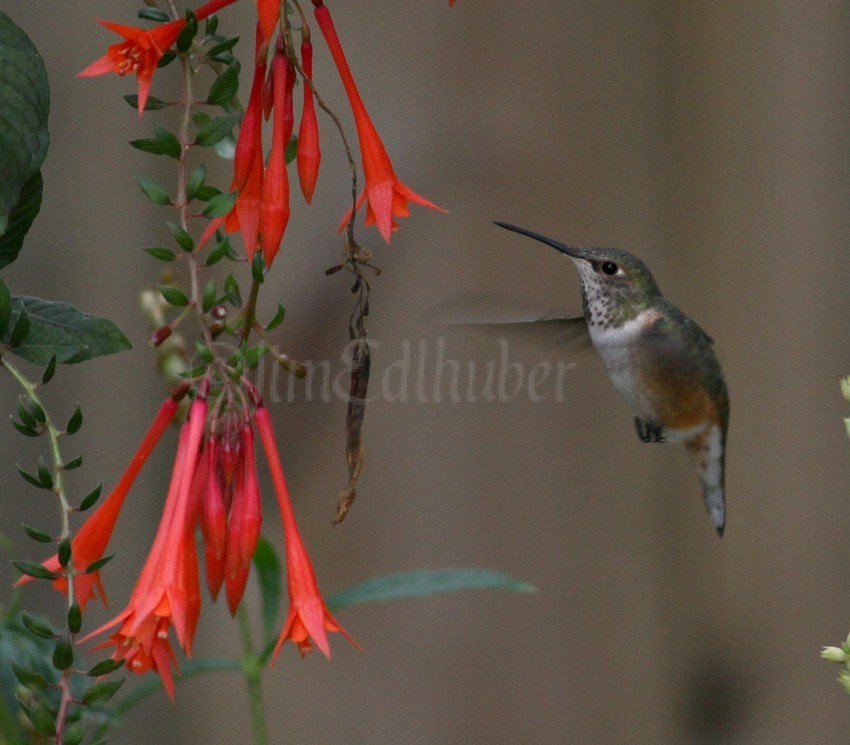
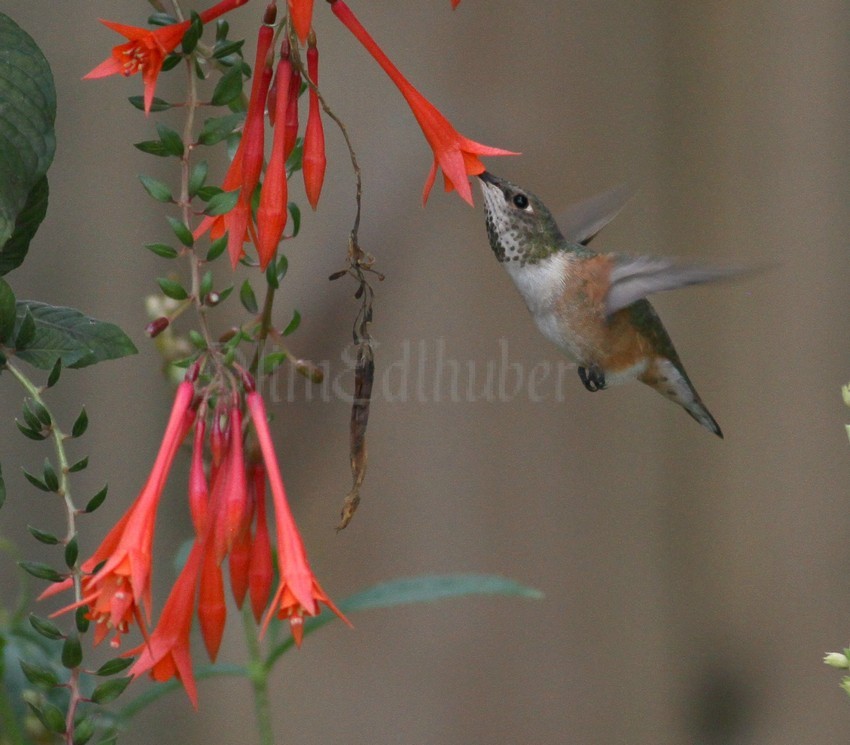
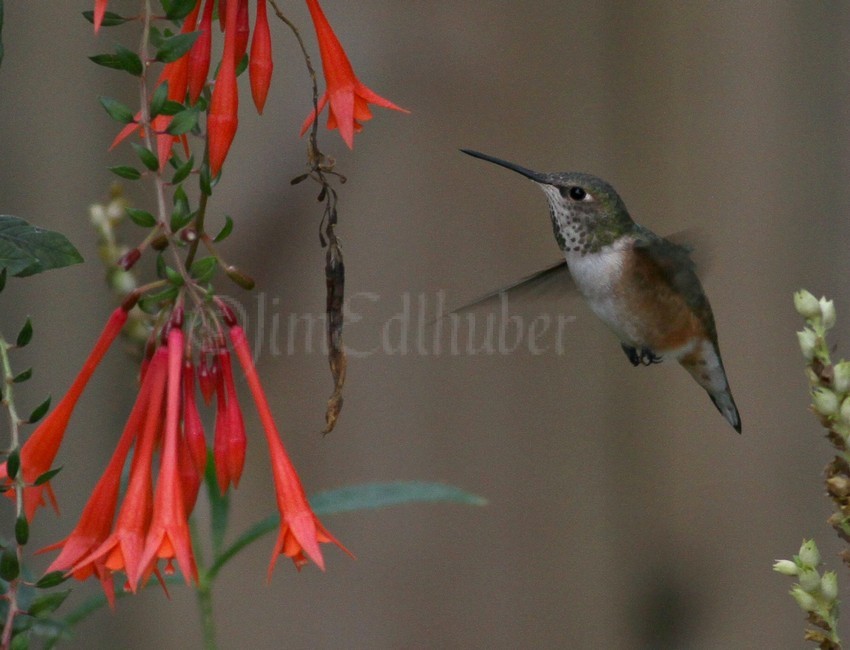
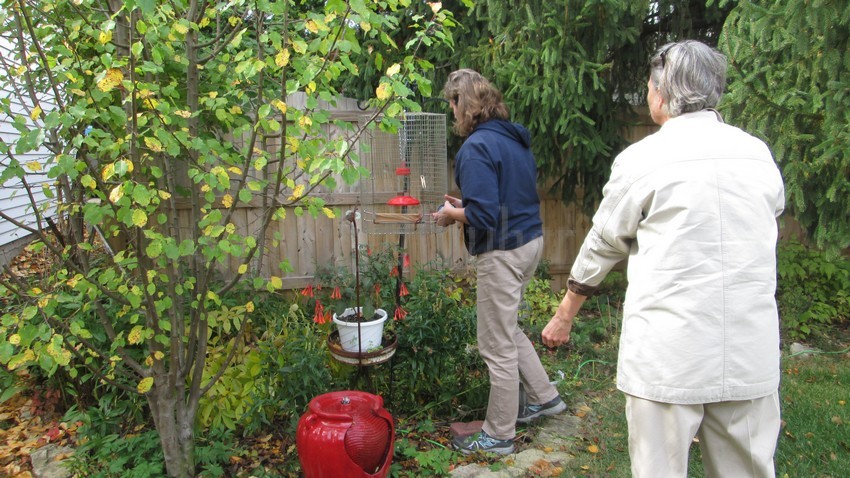
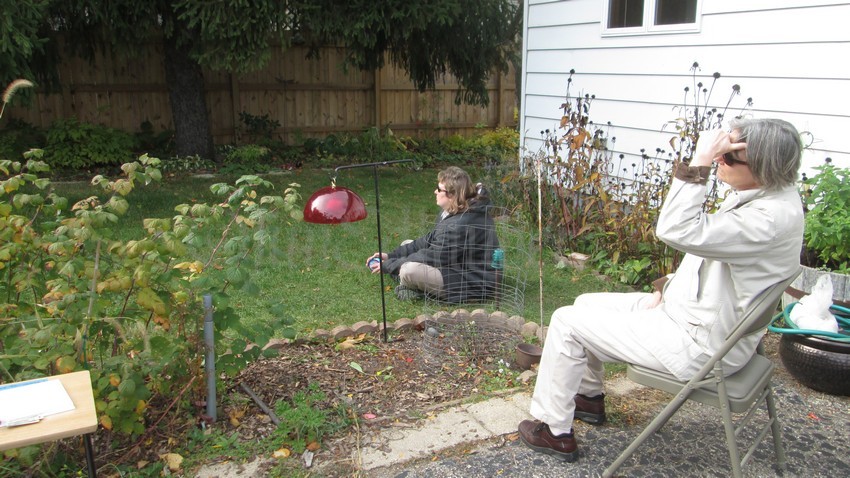
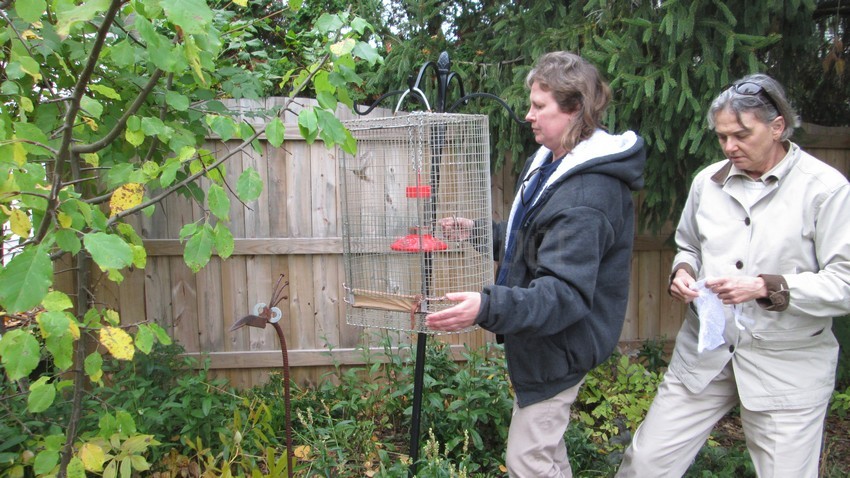
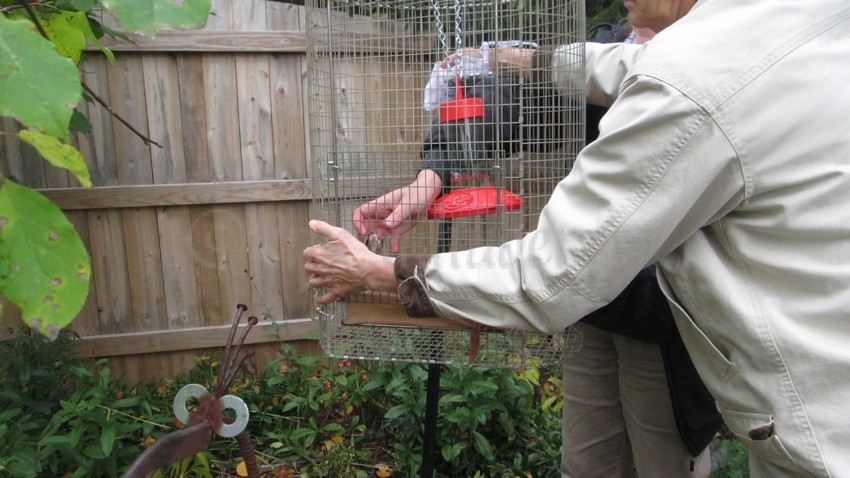
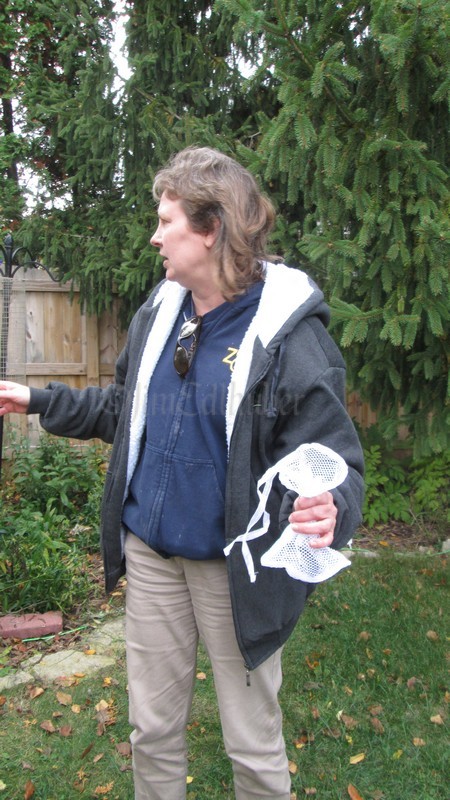
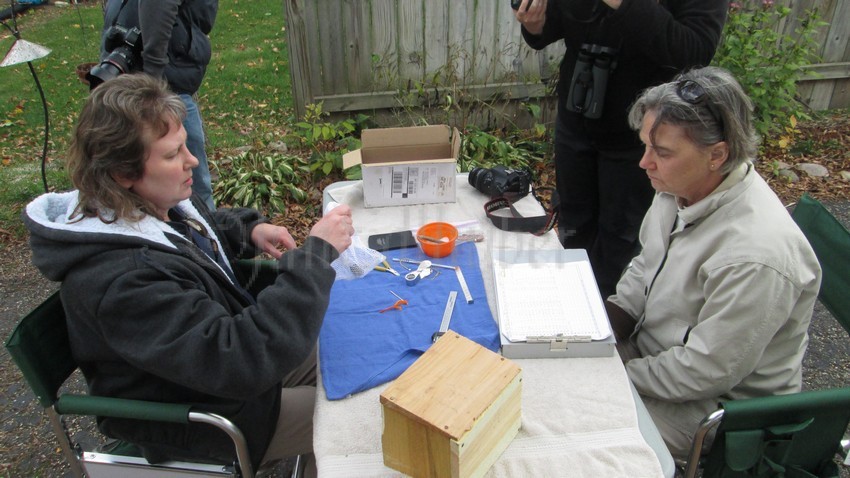
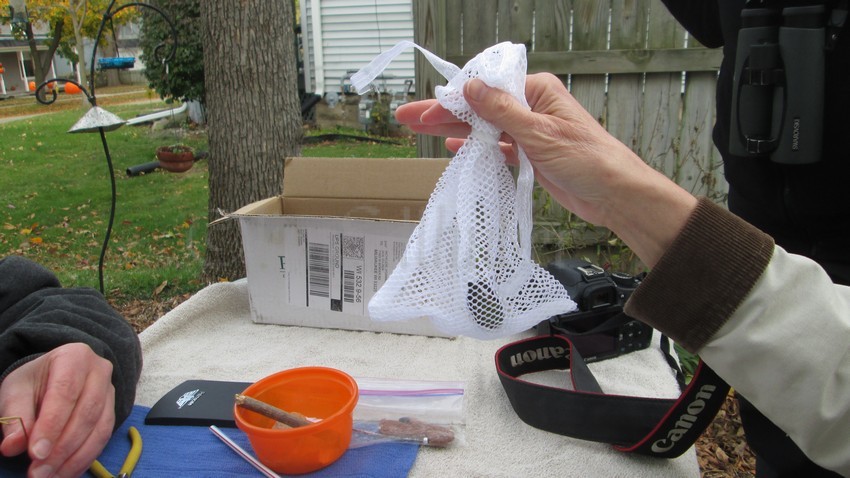
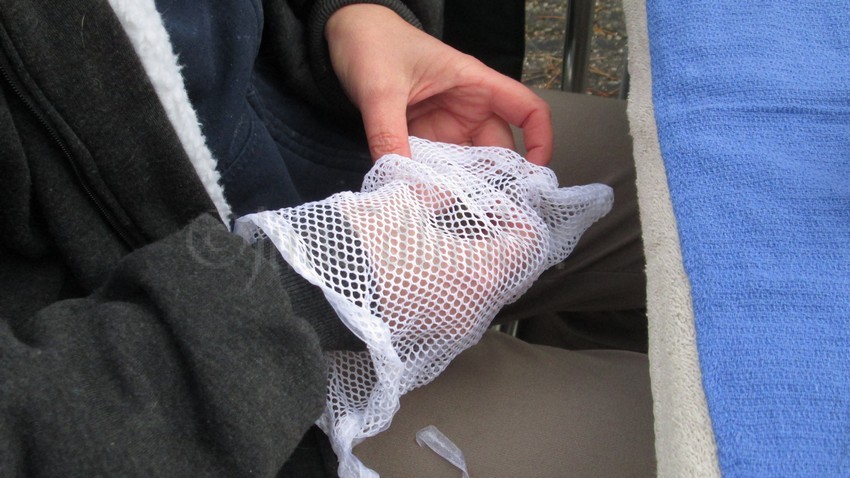
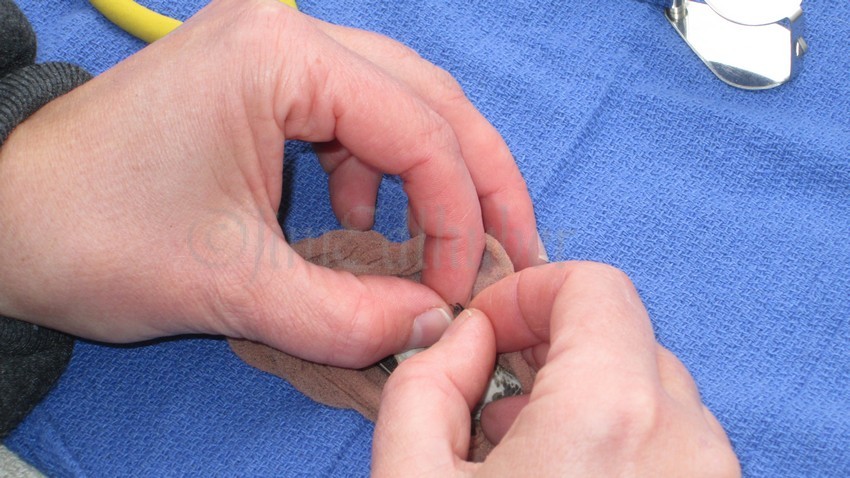
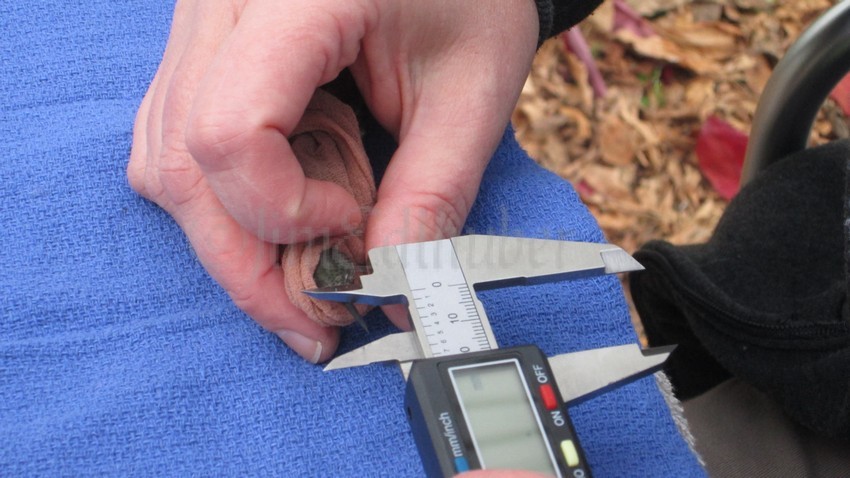
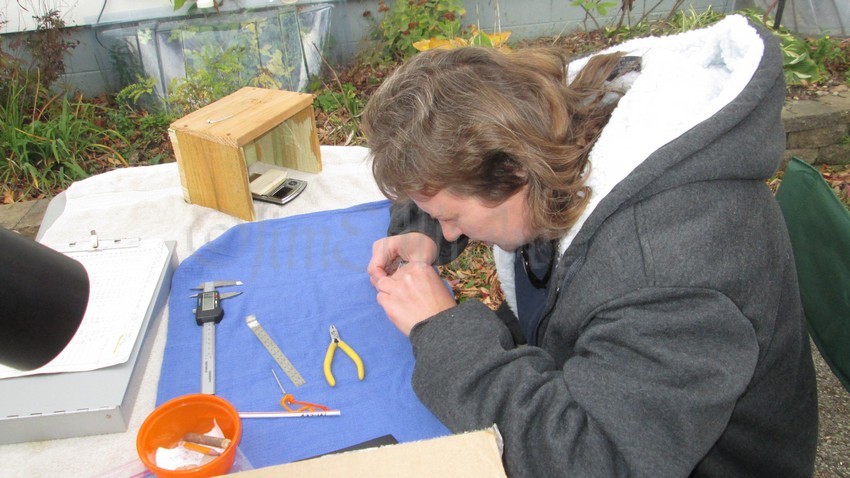
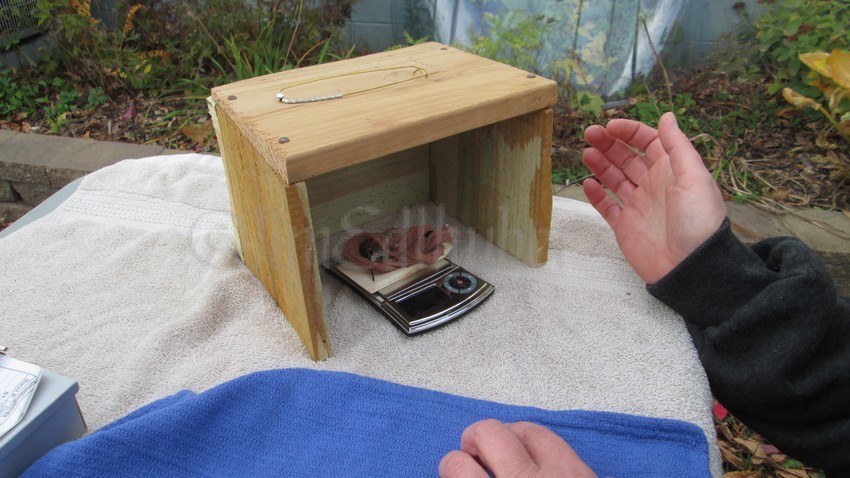
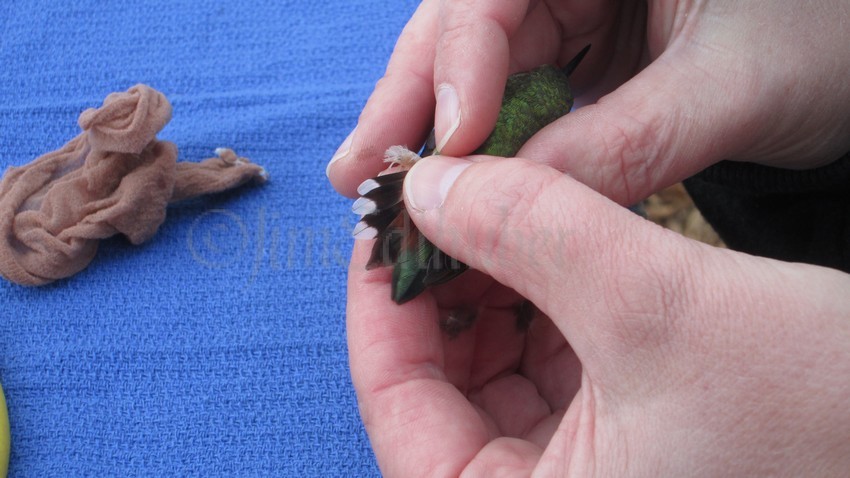
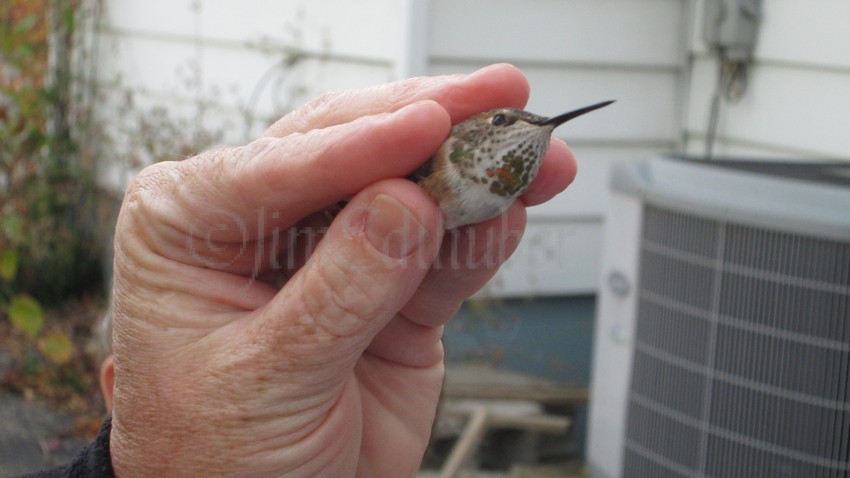
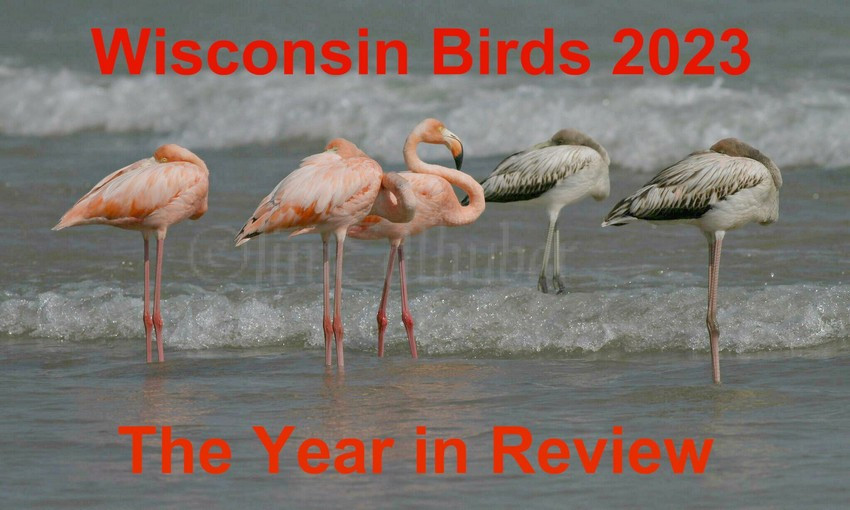
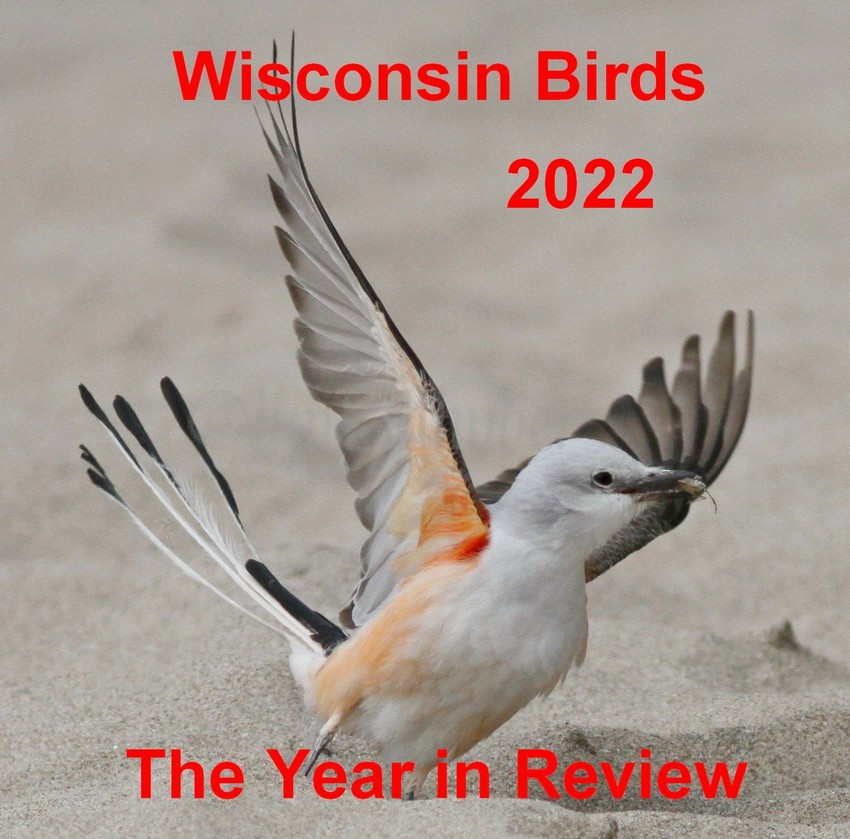
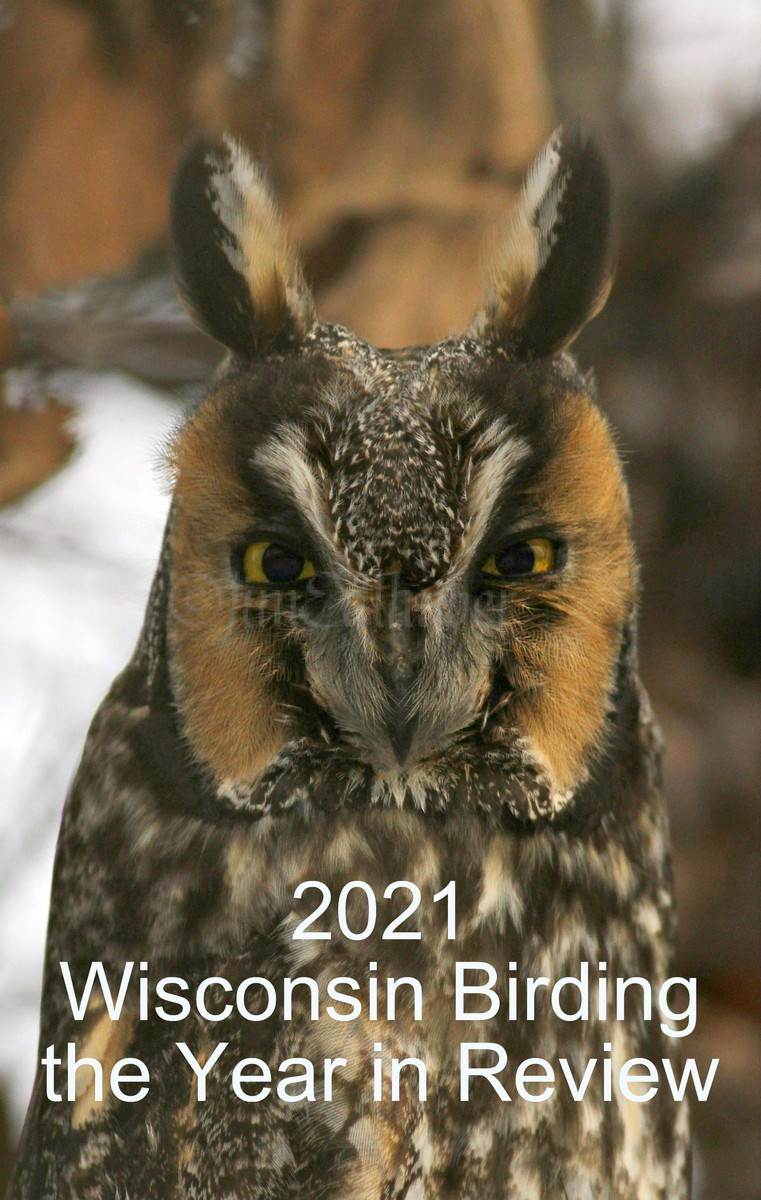
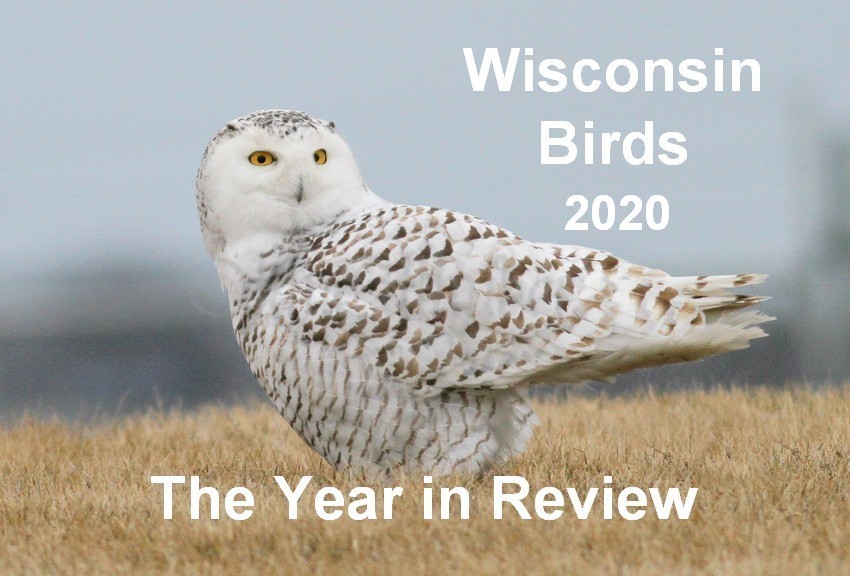
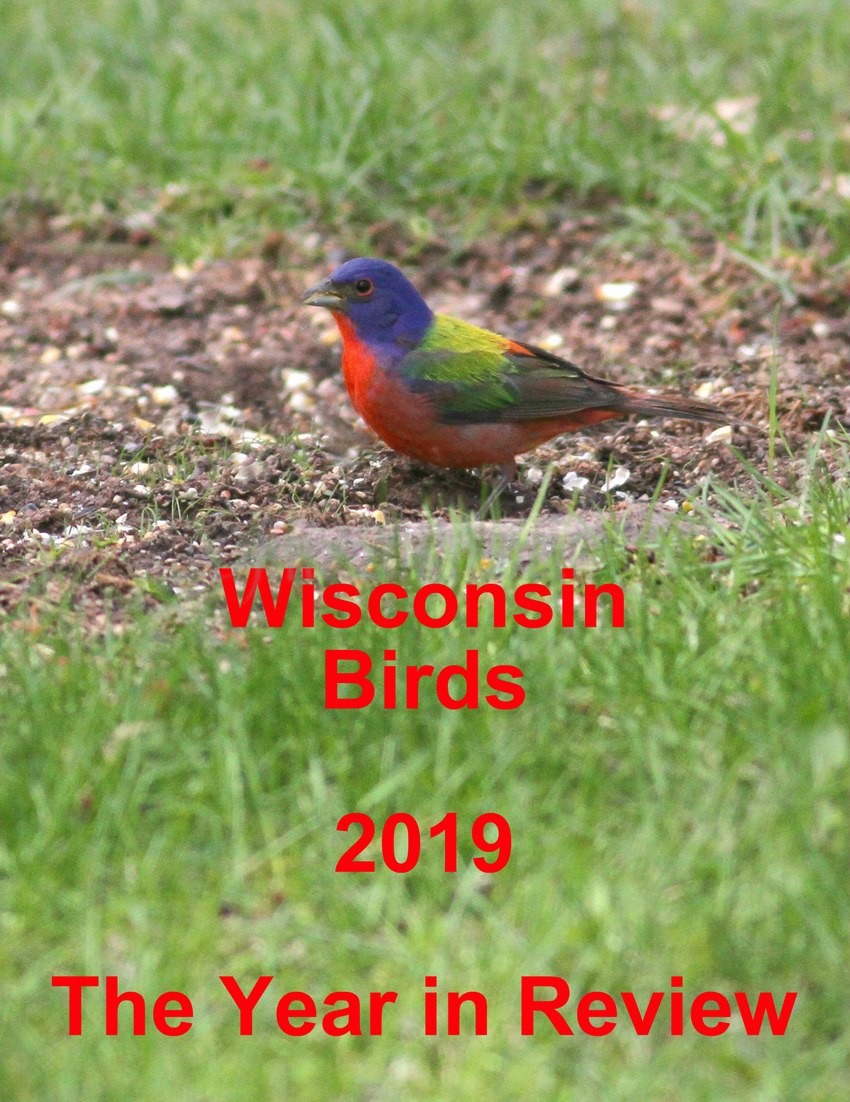
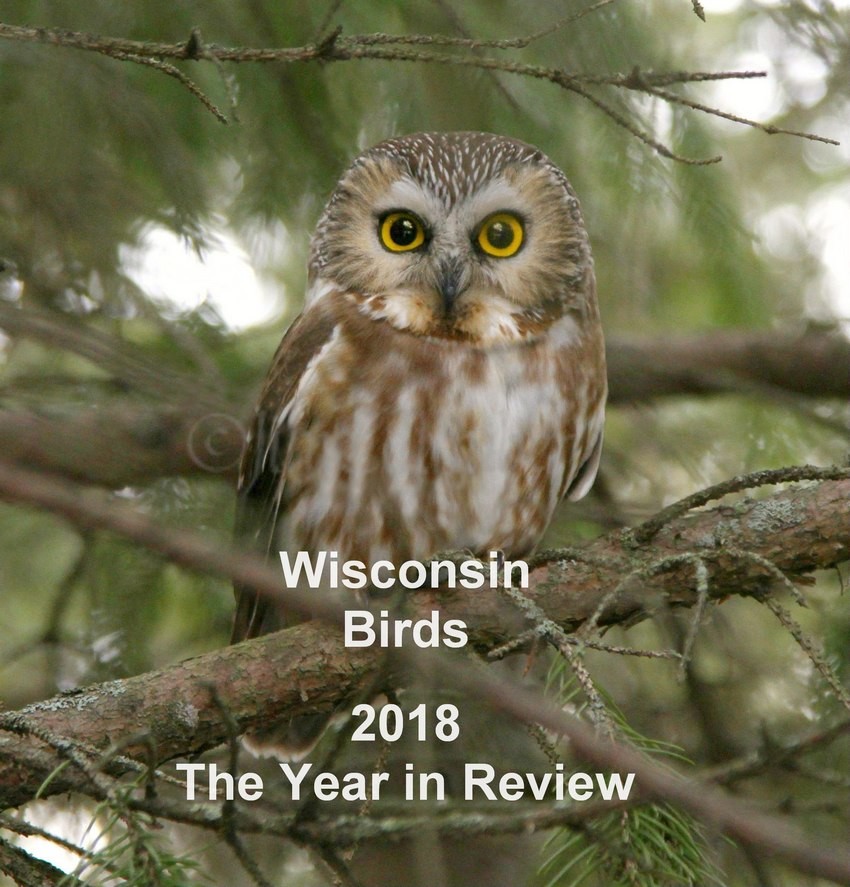
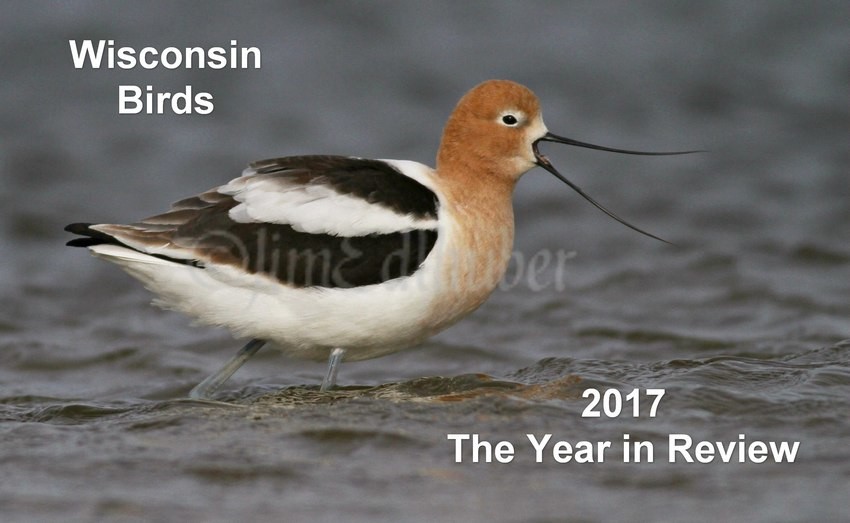
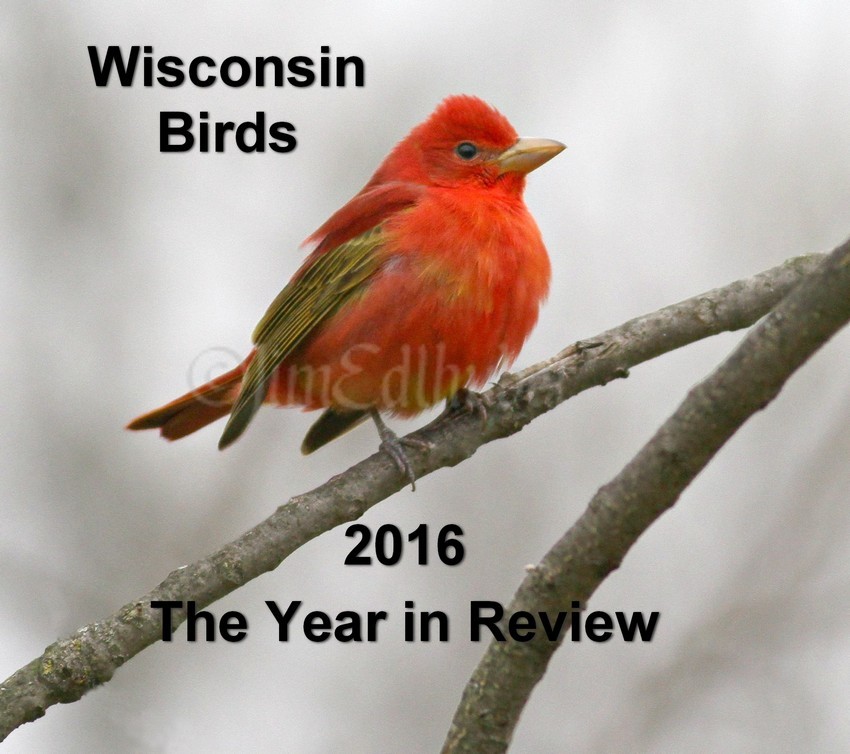
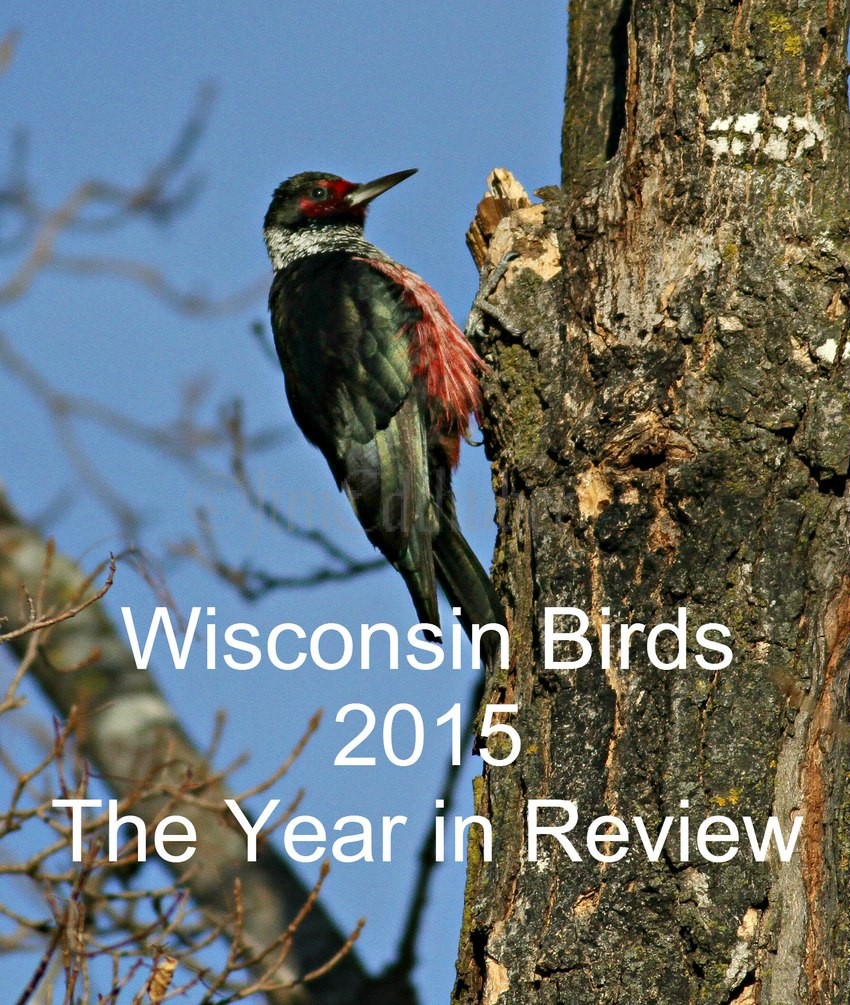
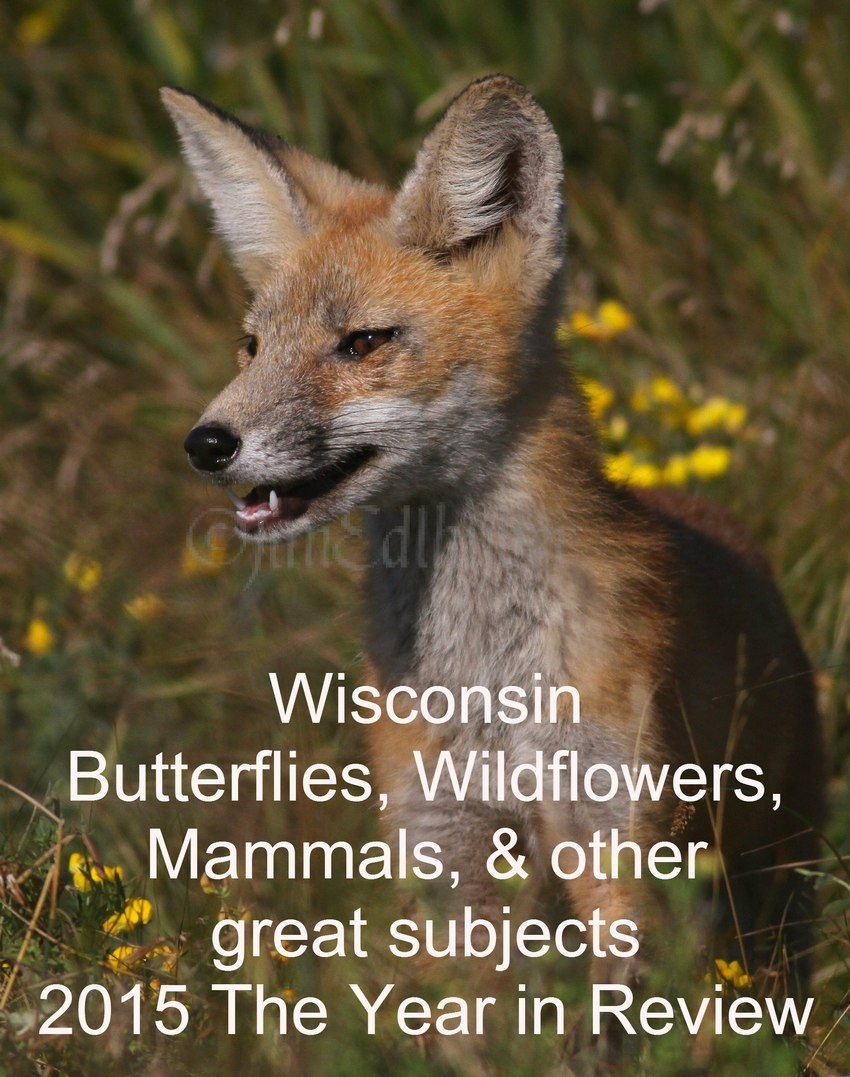
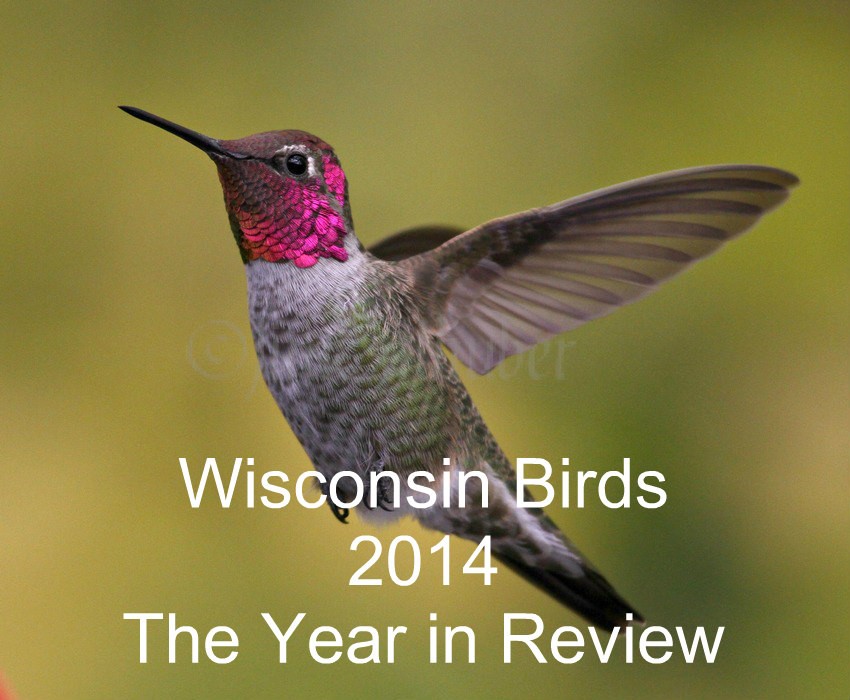
Wow Jim, you outdid yourself again. Paul insisted that I must see these pictures of yours as they are so vivid/clear and truly enjoyable to view. I had seen the postings of her being seen again in Fort A and kind of wanted to take a road trip down. However as our luck is usually the unlikely side of a sighting being there when we get there. So we didn’t. That would have been so awesome to see. We have seen bird banding other times and this Friday we travel to Stevens Point for a Saw-whet Owl and hopefully Long eared Owls banding. We are looking forward to that and it sounds like it won’t be extremely cold either. Thanks again for sharing your findings. Annie
It’s quite wonderful to imagine the sugar water we mix up in the kitchen might help fuel a tiny bird like this one. She’s stunning alright. Jim, you managed to surround her with autumn colors that mimic her beautiful hues. Thanks so much for your superb documentation of Mickey’s banding. Won’t we all be excited if this little bird is recaptured in another time and place – contributing to the mystery and awe we feel!